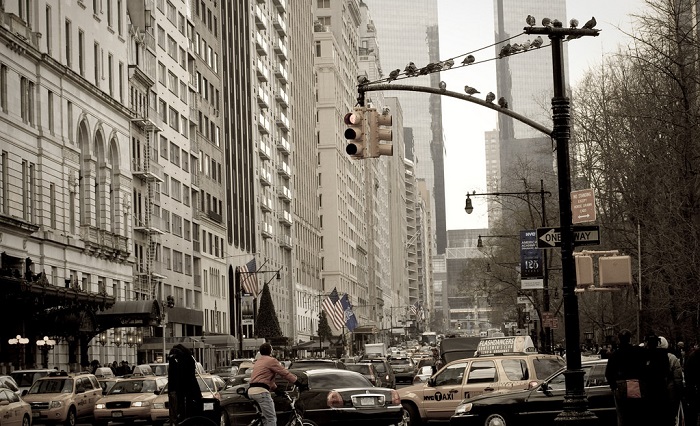Podcast: Play in new window

BOB HIRSHON (host):
Toxic pigeons. I’m Bob Hirshon and this is Science Update.
Lead in paint and gasoline has been banned for decades, but its residue still lingers in the environment, posing a hazard to children’s developing brains. UC Davis researcher Rebecca Calisi says she’s turned to pigeons to track the heavy metal, because they share our streets.
REBECCA CALISI RODRÍGUEZ (UC Davis):
We want to use pigeons to warn us of dangerous contaminants in our environment that have a serious negative impact on our health.
HIRSHON:
Over a five-year period, Calisi and her colleague Fayme Cai tested lead levels in pigeons from across New York City.
CALISI RODRÍGUEZ:
Areas that had pigeons that had high lead levels also appeared to be lead hotspots for children as well.
HIRSHON:
At the annual meeting of the American Association for the Advancement of Science, Calisi suggested that monitoring pigeons could provide a practical alternative to human testing. I’m Bob Hirshon, for AAAS, the science society.
OR:
At the annual meeting of the American Association for the Advancement of Science, Calisi suggested that testing pigeons could be a practical way to pinpoint contamination. I’m Bob Hirshon, for AAAS, the science society.
Story by Susanne Bard
